Injection Mold Pedia
- 2021-10-12
Contents
Injection mold means that in the heating barrel of the injection machine, the plastic is heated and melted, pushed by the screw or Dussel, and enters the mold cavity through the nozzle and the casting system of the mold. The plastic is hardened and shaped in the cavity, and the injection mold is used for The molding of thermoplastic products is used for the molding of thermoset plastics. Juice injection molding occupies a large proportion in the molding of plastic products.
There are many classification methods for injection molds. According to the typical structural characteristics of the injection mold, it can be divided into single parting surface injection mold, double parting surface injection mold, oblique guide pillar (bent pin, oblique guide groove, oblique slider, gear rack) lateral parting and core pulling Injection molds, injection molds with movable inserts, fixed molds with push-out devices and automatic thread unloading injection molds, etc.; according to the structure of the flexible injection system, it can be classified into ordinary runner injection molds and hot runner injection Mold; according to the type of injection molding machine used in injection molds, it can be divided into molds for horizontal injection machines, molds for vertical injection machines and molds for angle injection machines; according to the nature of plastics, it can be divided into thermoplastic injection molds and thermosetting plastics Injection mold: According to the injection molding technology, it can be divided into low foaming injection mold, precision injection mold, gas-assisted injection molding injection mold, two-color injection mold, multi-color injection mold, etc.
Although the structure of the mold may vary widely due to the variety and performance of plastics, the shape and structure of plastic products, and the type of injection machine, the basic structure is the same. The mold is mainly composed of a pouring system, a temperature control system, forming parts and structural parts. Among them, the pouring system and molded parts are the parts that are in direct contact with the plastic and change with the plastic and the product. They are the most complex and the most variable parts in the plastic mold, requiring the highest processing finish and precision.
The injection mold is composed of a movable mold and a fixed mold. The movable mold is installed on the movable template of the injection molding machine, and the fixed mold is installed on the fixed template of the injection molding machine. During injection molding, the movable mold and the fixed mold are closed to form a pouring system and a cavity. When the mold is opened, the movable mold and the fixed mold are separated to take out the plastic products. In order to reduce the heavy workload of mold design and manufacturing, most of the injection molds use standard mold bases.
1.Single parting surface injection mold
The single parting surface injection mold is the simplest and most common structural form in the injection mold, and it is also called the two-platen injection mold. The single parting surface injection mold has only one parting surface.
The single parting surface injection mold can be designed as a single-cavity injection mold or a multi-cavity injection mold according to the structural requirements. It has a wide range of applications.
2.Double parting surface injection mold
The structural feature of the double parting surface injection mold is that it has two parting surfaces, which are often used in the mold of the point gate pouring system, also called the three-type (moving template, intermediate plate, fixed mold seat plate) injection mold.
A parting surface (A parting surface) is added to the fixed mold part. The purpose of parting is to take out the condensate of the gating system to facilitate the next injection molding; the B parting surface is the main parting surface, and the purpose of parting is to open Mold out the plastic part. Compared with the single parting surface injection mold, the double parting surface injection mold has a more complicated structure.
The injection device is a device that makes the resin material melted by heat and injected into the mold.
The resin is squeezed into the barrel from the material head, and the melt is transported to the front end of the barrel through the rotation of the screw. In that process, the resin material in the barrel is heated by heating under the action of the heater, and the resin becomes molten under the action of the shear stress of the screw, and the molten resin corresponding to the molded product, the main flow channel and the branch channel is retained. At the front end of the barrel (called metering), the continuous forward movement of the screw injects the material into the mold cavity. When the molten resin flows in the mold, the moving speed of the screw (injection speed) must be controlled, and the pressure (holding pressure) shall be used after the resin fills the mold cavity. When the screw position and the injection pressure reach a certain value, we can switch the speed control to pressure control.
The temperature in the injection mold is uneven at various points, which is also related to the time point in the injection cycle. The function of the mold temperature machine is to keep the temperature constant between 2min and 2max, which means to prevent the temperature difference from fluctuating up and down during the production process or the gap. The following control methods are suitable for controlling the temperature of the mold: Controlling the temperature of the fluid is the most commonly used method, and the control accuracy can meet the requirements of most situations. Using this control method, the temperature displayed on the controller is not consistent with the mold temperature; the mold temperature fluctuates considerably, because the thermal factors affecting the mold are not directly measured and compensated. These factors include changes in the injection cycle, injection speed, melting temperature and Room temperature. The second is the direct control of mold temperature. This method is to install a temperature sensor inside the mold, which is only used when the mold temperature control accuracy is relatively high. The main features of mold temperature control include: the temperature set by the controller is consistent with the mold temperature; the thermal factors affecting the mold can be directly measured and compensated. Under normal circumstances, the stability of the mold temperature is better than by controlling the fluid temperature. In addition, the mold temperature control has better repeatability in the production process control. The third is joint control. Joint control is a synthesis of the above methods, it can control the temperature of the fluid and the mold at the same time. In joint control, the position of the temperature sensor in the mold is extremely important. When placing the temperature sensor, the shape, structure, and location of the cooling channel must be considered. In addition, the temperature sensor should be placed in a place that plays a decisive role in the quality of injection molded parts. There are many ways to connect one or more mold temperature machines to the injection molding machine controller. It is best to use a digital interface in terms of operability, reliability and anti-interference.
1. The processing enterprise should first equip each pair of molds with a resume card to record and count its use, care (lubrication, cleaning, rust prevention) and damage in detail. Based on this, it can find out which parts and components have been damaged and the degree of wear. Provide information on discovering and solving problems, as well as the molding process parameters of the mold, and the materials used in the product to shorten the trial run time of the mold and improve production efficiency.
2. The processing company should test the various properties of the mold under the normal operation of the injection molding machine and the mold, and measure the size of the final molded plastic part. Through this information, the current state of the mold can be determined, and the cavity and core can be found. , Cooling system and parting surface, etc., according to the information provided by the plastic parts, the damage state of the mold and the repair measures can be judged.
3. Focus on tracking and testing of several important parts of the mold: The ejector and guide parts are used to ensure the opening and closing movement of the mold and the ejection of the plastic parts. If any part of the mold is stuck due to damage, it will cause the production to stop. Always keep the mold thimble and guide post lubricated (the most suitable lubricant should be selected), and regularly check whether the thimble, guide post, etc. are deformed and surface damaged. Once found, replace it in time; after completing a production cycle, the mold should be The working surface, moving and guiding parts are coated with professional anti-rust oil, and special attention should be paid to the protection of the elastic strength of the bearing parts of gears, rack molds and spring molds to ensure that they are always in the best working condition; Over time, the cooling channel is prone to deposit scale, rust, silt, and algae, which reduces the cross-section of the cooling channel and narrows the cooling channel, greatly reduces the heat exchange rate between the coolant and the mold, and increases the production cost of the enterprise. Therefore, the convection channel Attention should be paid to the cleaning of the hot runner mold; for the hot runner mold, the maintenance of the heating and control system is conducive to preventing the occurrence of production failures, so it is particularly important. Therefore, after each production cycle, the band heaters, rod heaters, heating probes and thermocouples on the mold should be measured with an ohmmeter. If they are damaged, they should be replaced in time and checked with the mold history table. Compare and keep records so that problems can be discovered in time and countermeasures can be taken.
4. Pay attention to the surface maintenance of the mold. It directly affects the surface quality of the product. The focus is on preventing rust. Therefore, it is particularly important to choose a suitable, high-quality, and professional anti-rust oil. After the mold completes the production task, different methods should be used to carefully remove the residual injection molding according to different injection molding. Copper rods, copper wires and professional mold cleaning agents can be used to remove the residual injection molding and other deposits in the mold, and then air dry. It is forbidden to clean up hard objects such as iron wires and steel bars to avoid scratching the surface. If there are rust spots caused by corrosive injection molding, use a grinder to grind and polish, and spray professional anti-rust oil, and then store the mold in a dry, cool, and dust-free place.
Injection molds are important process equipment for the production of various industrial products. With the rapid development of the plastics industry and the promotion and application of plastic products in the aviation, aerospace, electronics, machinery, shipbuilding and automotive industries, the requirements for molds are becoming more and more important. The higher comes, the traditional mold design methods can no longer meet the requirements of today. Compared with the traditional mold design, computer-aided engineering (CAE) technology is either in terms of improving productivity, ensuring product quality, or reducing costs and reducing labor intensity. In all aspects, they have great advantages.
All kinds of CNC machining are used in the processing of injection molds. The most widely used are CNC milling and machining centers. CNC wire cutting and CNC EDM are also very common in the CNC machining of molds. Wire cutting is mainly used in various Kind of straight-wall mold processing, such as concave and convex molds in stamping, inserts and sliders in injection molds, electrodes for EDM, etc. For mold parts with high hardness, machining methods cannot be used, and most of them use EDM. In addition, EDM is also used for sharp corners of the mold cavity, deep cavity parts, and narrow grooves. The CNC lathe is mainly used to process standard parts of mold rods, as well as mold cavities or cores of rotary bodies, such as injection molds for bottles and basins, and forging dies for shafts and disc parts. In mold processing, the application of CNC drilling machines can also play a role in improving processing accuracy and shortening the processing cycle.
Molds are widely used, and the forming and processing of product components in modern manufacturing industry almost all require the use of molds. Therefore, the mold industry is an important part of the national high-tech industry and an important and valuable technical resource. Optimize the structural design of the mold system and the CAD/CAE/CAM of the molded parts, and make them intelligent, improve the molding process and mold standardization level, improve the precision and quality of mold manufacturing, and reduce the amount of grinding and polishing operations on the surface of the molded parts And manufacturing cycle; research and application of high-performance, free-cutting special materials used for various types of mold parts to improve mold performance; to adapt to market diversification and new product trial production, rapid prototyping technology and rapid manufacturing Mold technology, such as rapid manufacturing of forming dies, plastic injection molds or die-casting molds, should be the development trend of mold production technology in the next 5 to 20 years.
1. The heat balance of the injection mold controls the heat conduction of the injection molding machine and the mold is the key to producing injection molded parts. Inside the mold, the heat brought by the plastic (such as thermoplastic) is transferred to the material and the steel of the mold through thermal radiation, and transferred to the heat transfer fluid through convection.
2. Preliminary conditions for effective control of mold temperature The temperature control system consists of three parts: mold, mold temperature controller, and heat transfer fluid. In order to ensure that heat can be added to or removed from the mold, each part of the system must meet the following conditions: First, inside the mold, the surface area of the cooling channel must be large enough, and the diameter of the runner must match the pump's capacity (pump pressure). Secondly, the mold temperature machine must be able to keep the temperature of the heat transfer fluid constant within the range of 1°C to 3°C, depending on the quality requirements of the injection molded parts. The third is that the heat transfer fluid must have good thermal conductivity, and most importantly, it must be able to import or export a large amount of heat in a short period of time.
3. Working principle The mold temperature machine is composed of water tank, heating and cooling system, power transmission system, liquid level control system, temperature sensor, injection port and other components. Normally, the pump in the power transmission system makes the hot fluid reach the mold from the water tank equipped with built-in heater and cooler, and then from the mold back to the water tank; the temperature sensor measures the temperature of the hot fluid and transmits the data to the control part Controller; The controller adjusts the temperature of the hot fluid, thereby indirectly adjusting the temperature of the mold.
4. The types of mold temperature controllers are classified according to the heat transfer fluid (water or heat transfer oil) used. With water-carrying mold temperature machine, the maximum outlet temperature is usually 95℃. The oil-carrying mold temperature controller is used for occasions where the working temperature is ≥150℃. Under normal circumstances, the mold temperature machine with open water tank heating is suitable for water temperature machine or oil temperature machine, and the maximum outlet temperature is 90℃ to 150℃. The main characteristics of this kind of mold temperature machine are simple design and economical price.
5. Control the unevenness of the temperature in the mold, which is also related to the time point in the injection cycle. After injection, the temperature of the cavity rises to the highest, when the hot melt hits the cold wall of the cavity, the temperature drops to the lowest when the part is removed. The function of the mold temperature machine is to keep the temperature constant between θ2min and θ2max, which means to prevent the temperature difference Δθw from fluctuating up and down during the production process or the gap.
The so-called two-color injection molding refers to a molding method in which two different color plastics are injected into the same mold. It can make the plastic parts appear in two different colors, and can make the plastic parts show regular patterns or irregular moire-like patterns, so as to improve the practicability and aesthetics of the plastic parts.
It has two barrels, and the structure and use of each barrel are the same as those of ordinary injection molding barrels. Each barrel has its own passage communicating with the nozzle, and opening and closing valves 2, 4 are also installed in the nozzle passage. During molding, after the melt is plasticized in the barrel, the opening and closing valves 2 and 4 control the sequence of the melt entering the nozzle and the proportion of the discharged material, and then inject it into the mold cavity from the nozzle. Various plastic products with different color mixing effects can be obtained.
-
TAG:
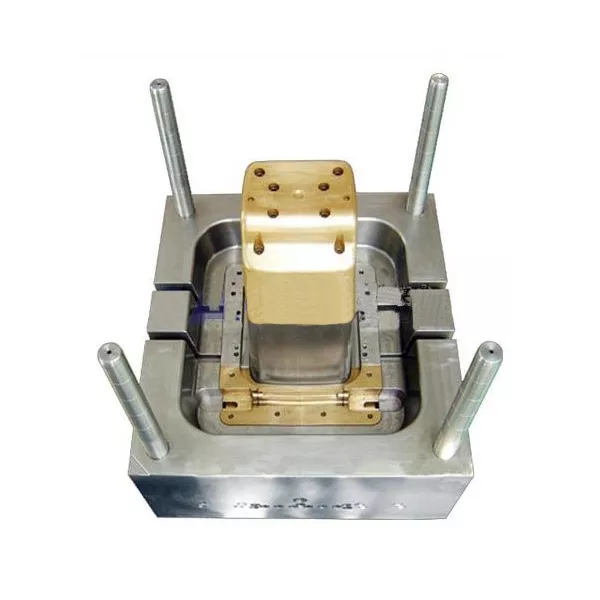
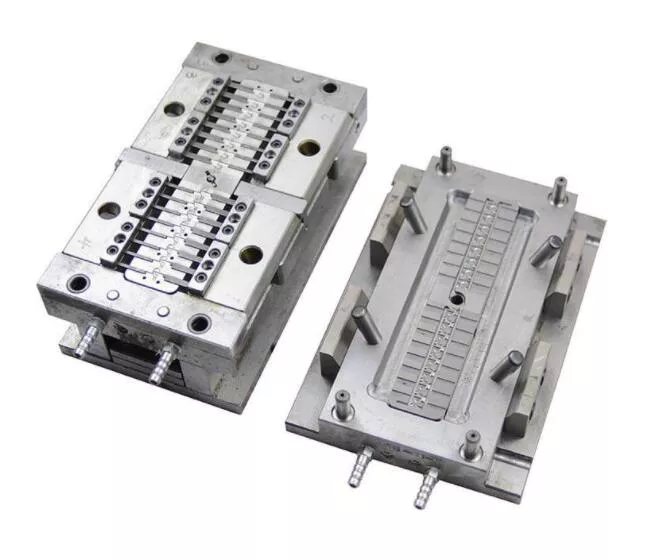
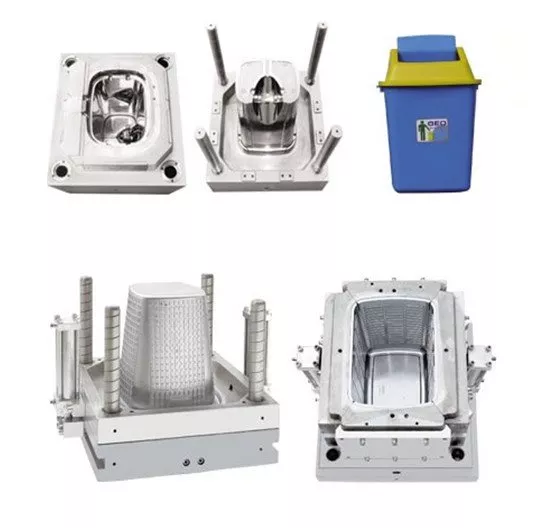
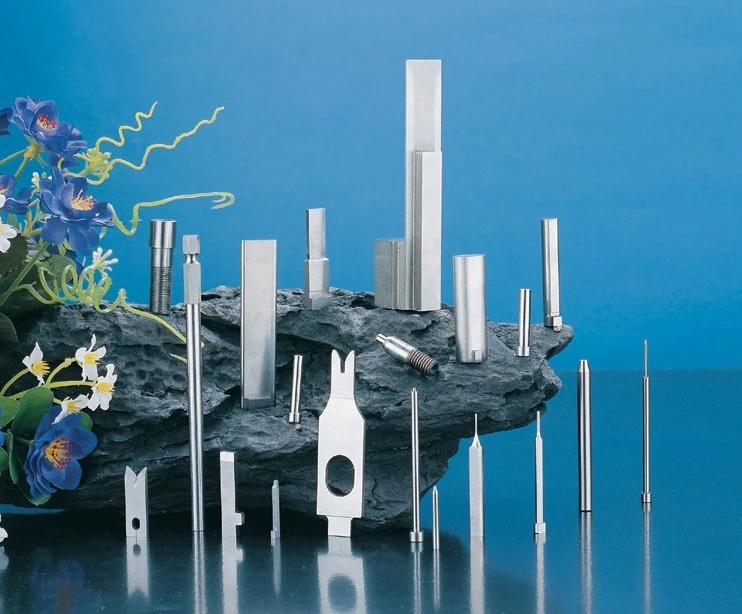
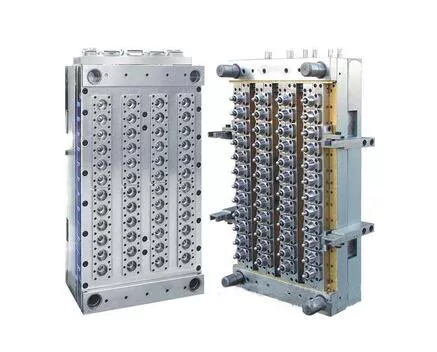
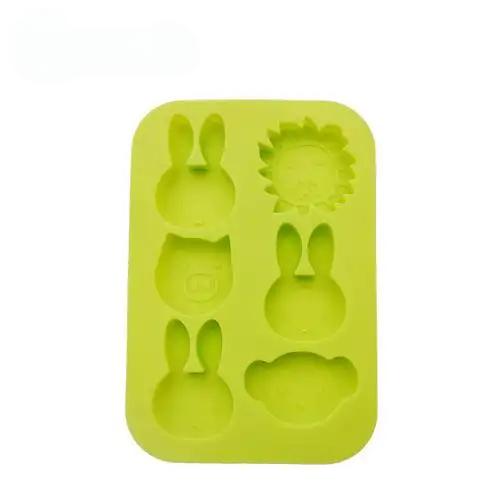
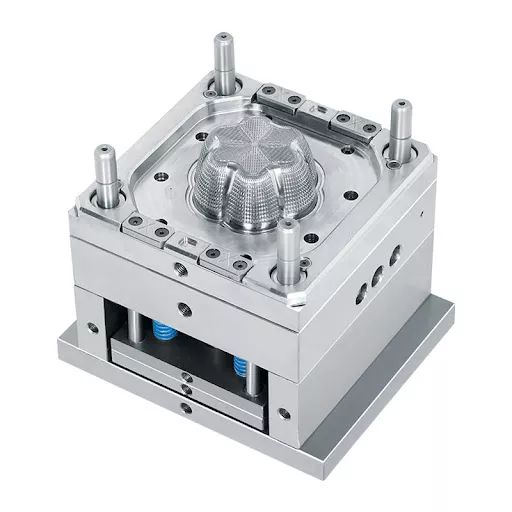
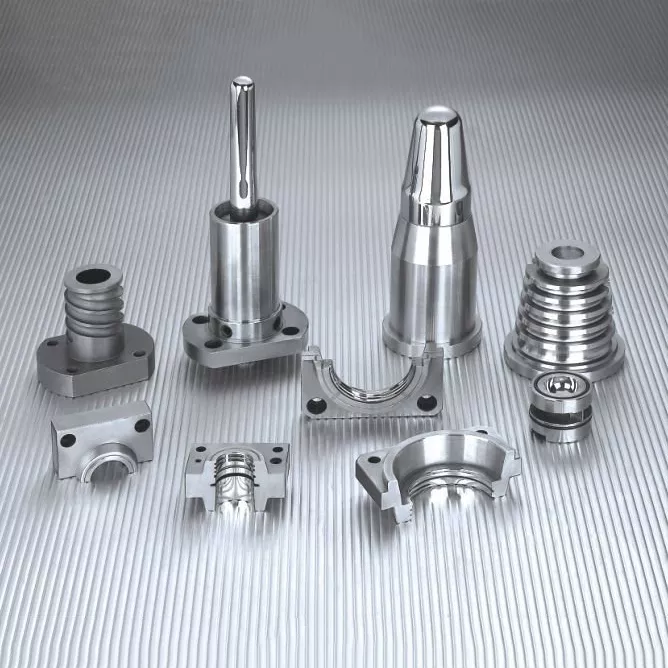
Send Your Inquiry Now